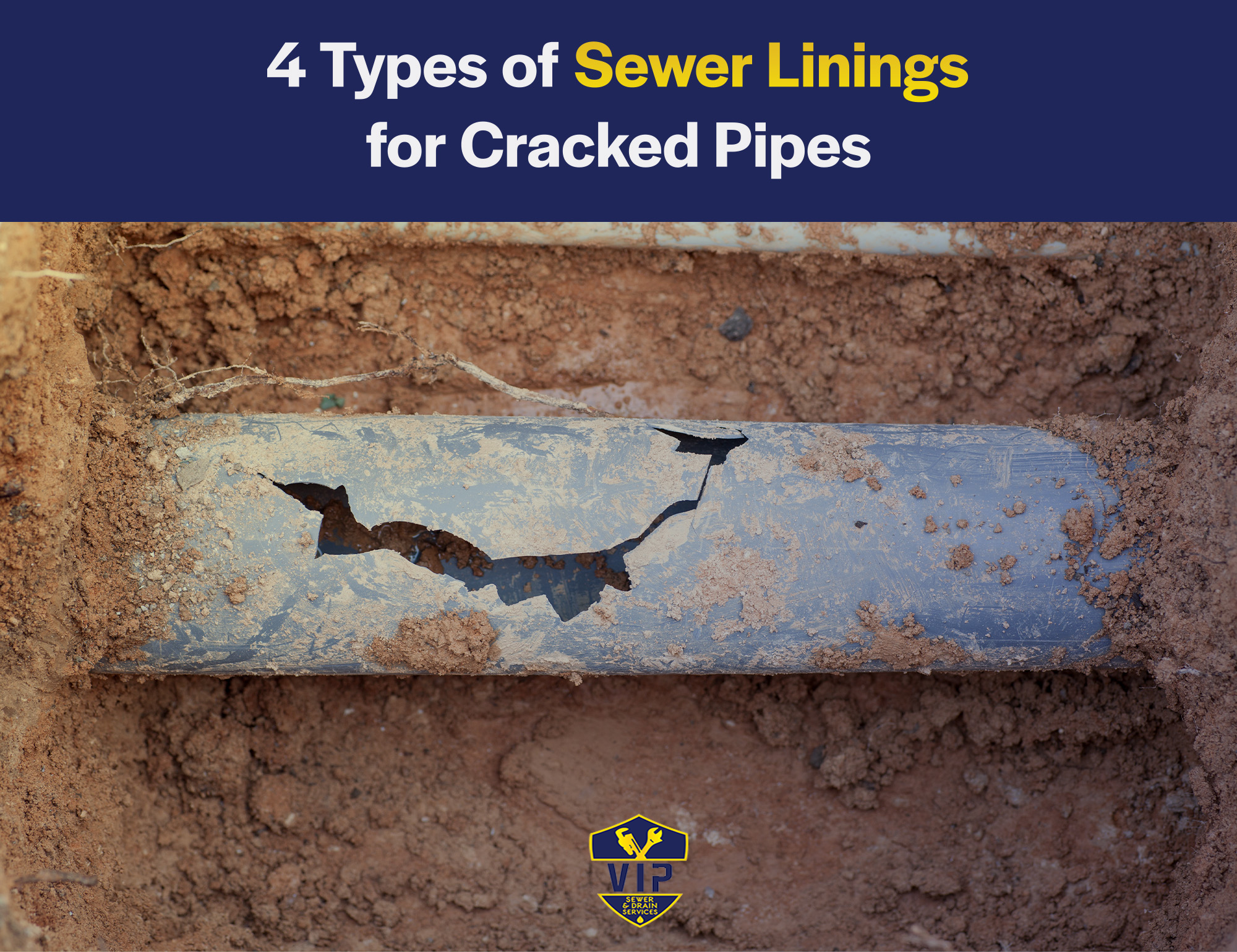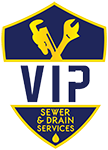
Trenchless Methods are part of a rehabilitation method designed to repair damaged or cracked pipes, by inserting or creating a lining. This in turn extends the lifetime of your plumbing system and provides an alternative method to replacing the pipe entirely. Sewer linings are installed trenchless, meaning no digging is necessary to access your pipe, making this a more efficient method of sewer line repair. Over time, this method of pipe repair has vastly evolved to include new materials and technology, which allows for more adaptability and thus provides better, long-lasting results.
Epoxy Brush Coating
Epoxy is a chemical compound used to create a coat around your pipes which provides waterproofing, strength, and durability. Before the epoxy coating is applied, your pipe is cleaned and descaled to ensure the epoxy coat will go on smoothly and stick evenly to your pipe’s walls. Once the epoxy coating cures and hardens, it fills pinholes, cracks, and corrosion.
Epoxy brush coating can be used to coat an entire pipe or just a section, depending on the problem at hand. This new method of epoxy brush coating is also able to coat any diameter of the pipe, meaning it can be used on a line that is too small or too big for traditional lining methods. Once cured, the epoxy coat is three times as strong as concrete
Pipe Bursting
Pipe Bursting is exactly what it sounds like. Bursting your old pipe into small pieces, removing them, and inserting a brand new pipe in its place. There are three basic methods of pipe bursting: pneumatic, hydraulic, and static pull. Pneumatic pipe bursting is the most common method for sewer line replacement, while hydraulic and static are more often used to replace water or gas lines as well as old cast iron pipes. Pipe bursting is also used to expand a section of your plumbing to install new bigger-sized pipes with a larger carrying capacity.
Cured in Place Lining
Cured in place lining is a textile lining that is infused with a liquid resin and inverted inside your pipe through air pressure. Once in place, the liner is inflated and exposed to heat or ultraviolet light. This exposure causes a resin in the liner to release which hardens and cures it within the pipe creating a brand new, seamless surface. The new lining covers all cracks, holes and eliminates hidden leaks, reducing the risk of your pipe bursting. There are CIPP lining applications for water, sewer, gas, and even chemical pipelines.
Pulled in Place Lining
Pull-in place lining is very similar to a cured in place lining. The difference being that the pulled in place lining requires two access points to thread the lining into your pipe. It is inflated just like the CIPP lining so that it adheres to the inner walls of your pipe and then left to solidify for 12 to 24 hours. A pulled in place lining is the best lining method for pipes that have larger gaps and cracks.
Sewer linings are a great, trenchless method of rehabilitating pipes into an almost brand new condition, often extending the pipe life by another 50 years and saving you money on complete pipe replacement. However, repairs performed by those with no formal training, no experience, and limited knowledge are often substandard, causing immediate or premature failure. For superior results, call your sewer and drain professionals at VIP Sewer and Drain services and schedule a sewer inspection today!


